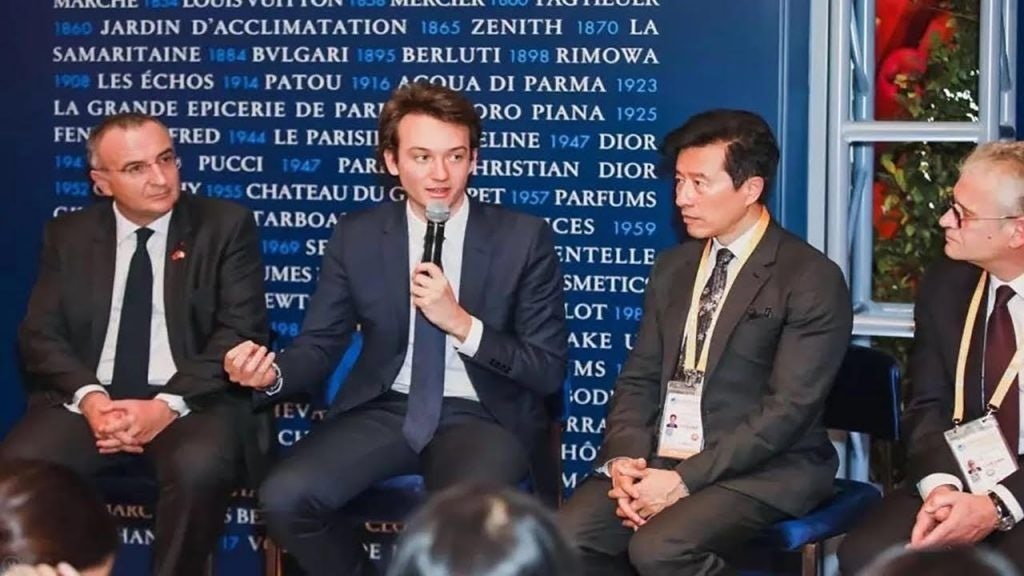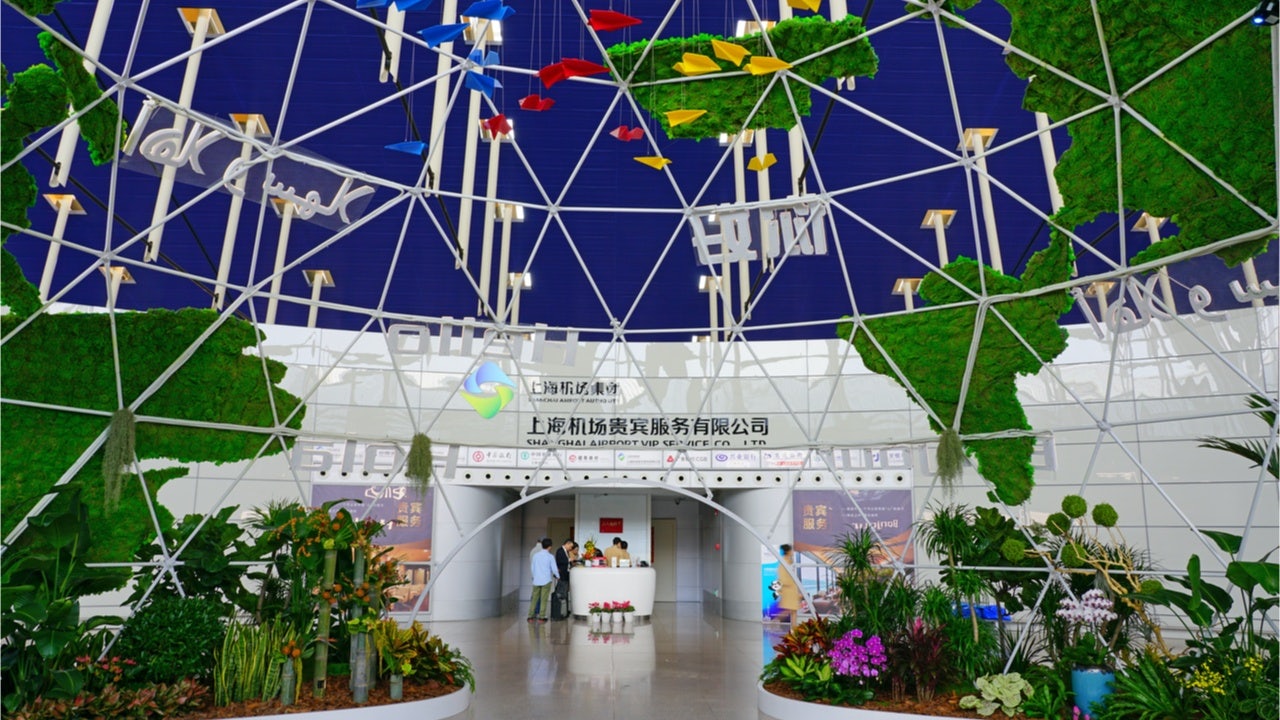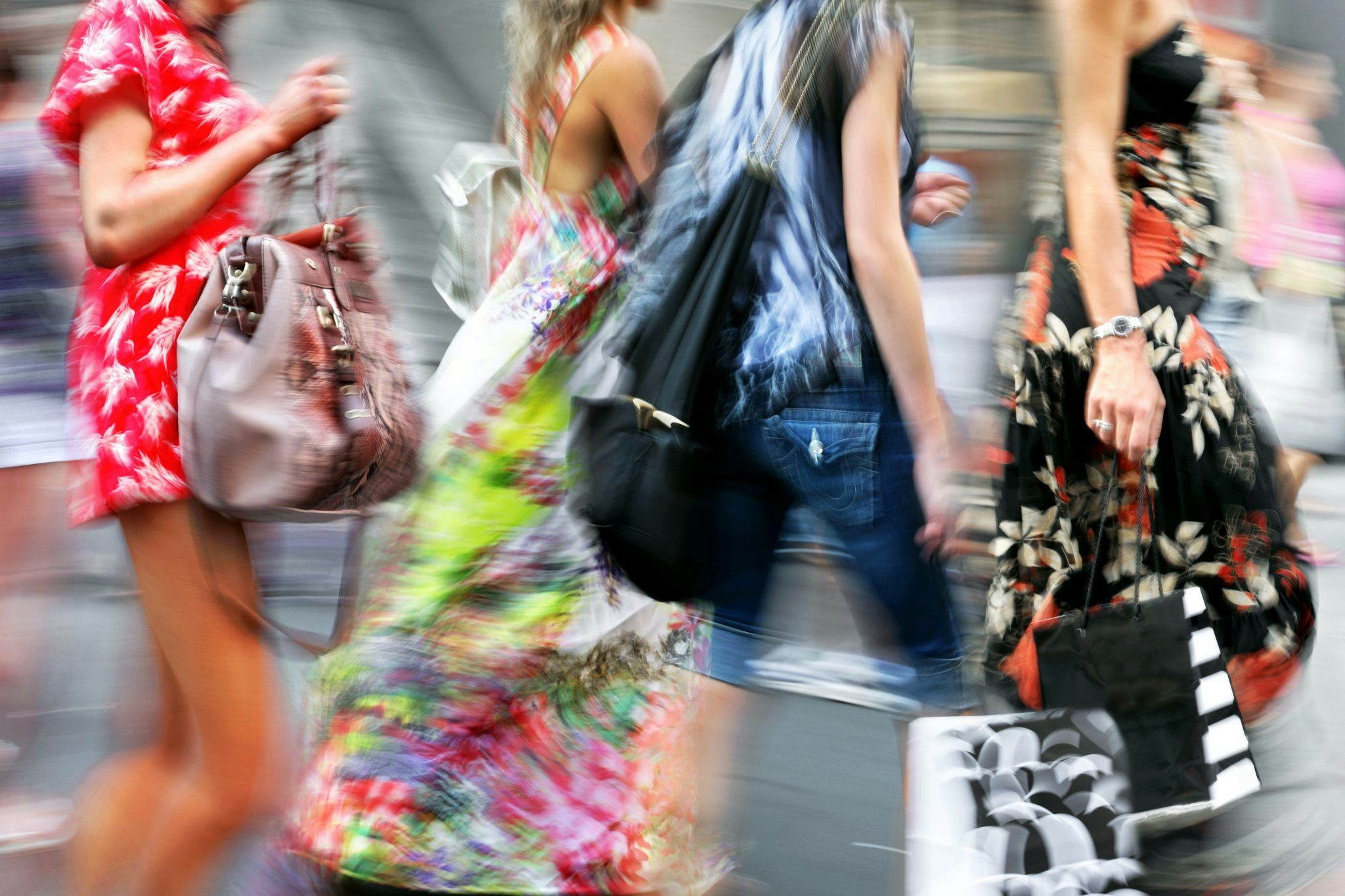Fittingly, it was a pair of high heels encrusted with 10,000 pink diamonds that stole the show. They were designed by Jimmy Choo and Reggie Hung, the chief designer at the London-based luxury brand, Gènavant. And the price? A cool 4.3 million. Hung told the Chinese media news agency, Xinhua, “As a new brand, Gènavant doesn’t have much brand awareness in China, but the CIIE granted us a lot of good brand exposure. We felt consumers’ excitement, we feel more certain about continuing venturing into the Chinese market.”
This was in 2018. Now, fast forward one year, and thanks to the exposure at the CIIE, Gènavant is negotiating with Chinese government officials from the Shanghai Huangpu district to open their very first flagship store in China, while at this year’s CIIE, they showcased a new collection of expensive jeweled shoes created in an exclusive partnership with Secoo, a local e-commerce player in China.
The government-backed trade show, CIIE (China International Import Expo), opened this past Wednesday in Shanghai and will last for five days. It’s considered the largest trade fair in China and the best place for foreign brands to showcase their products and for Chinese companies to access foreign markets — both parties hoping to launch fruitful business deals agreements like Gènavant.

This year, for the first time, high-end luxury brands have their own dedicated section. Given this, many brands jumped on this opportunity. LVMH set up a 500 square meter exhibition to showcase its 13 iconic brands, with Louis Vuitton presenting their latest flexible-screen handbag from LV and Fendi offering a special handbag inspired by the Chinese Forbidden City. Kering devoted its space to the sustainability effort, and L’Oréal brought its latest beauty-tech products (for the second time in a row), including an AI-aided consumer insight system, a one-stop skin detection app, and more.
To say CIIE is a business trade show might be underestimating its political implications. 2019 already marked a difficult year for luxury brands due to heightened political sensitivity, the celebration of China’s 70th anniversary and the Versace, among other brands, misstep over Hong Kong. CIIE is where Western brands come to express their interest and admiration to the Chinese market — a gesture to political correctness. Even Dolceamp;Gabbana, perhaps to try to save itself from last year’s debilitating scandal, was working the fair. Additionally, many brands under LVMH showcased their specially designed China-theme products, and the group even created a WeChat Mini Program with a map and brand introduction for visitors to navigate different brands easily.
At the opening ceremony, President Xi himself delivered the keynote speech, and even though he didn’t mention the U.S.-China trade dispute, his words “We need to 'join hands' with each other instead of 'letting go' of each other's hands” seemed to indicate China’s attitude in today’s turbulent geopolitical order. Additionally, Xi also proposed some action plans for the future, for example, to lower tariff more aggressively and institutional transaction costs, and to promote import trade of high-quality goods and services. This should give Western luxury brands a good reason to be confident about China’s policy in boosting domestic consumption, which, in the end, is what it’s about — selling expensive things to an ever-growing Chinese economy looking for luxury products. Even a pair of outrageously priced high heels.

